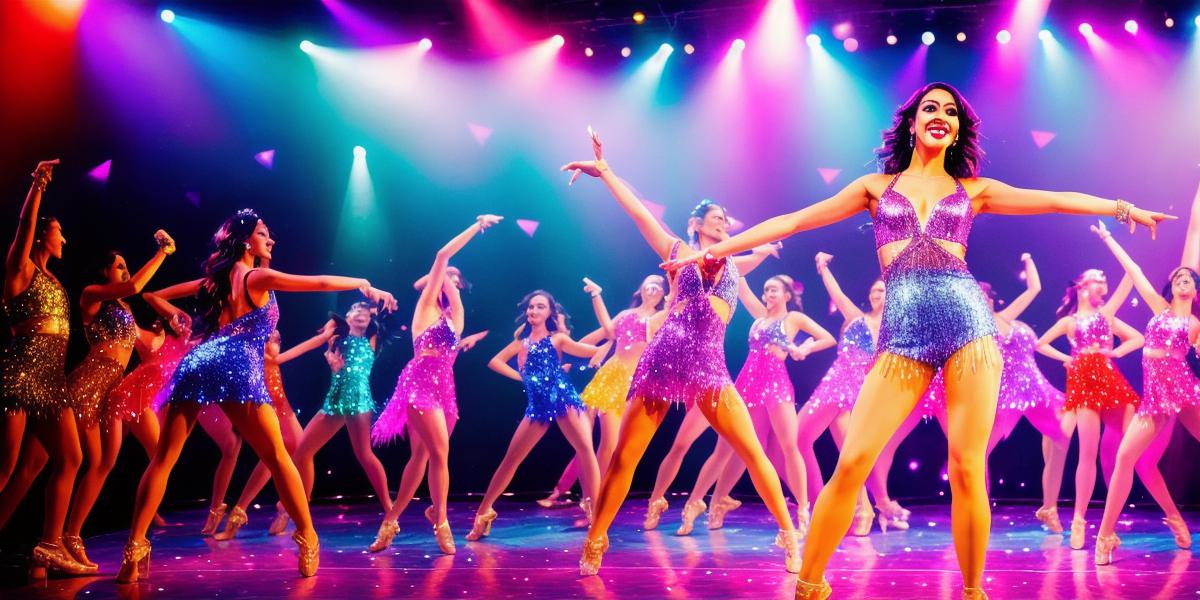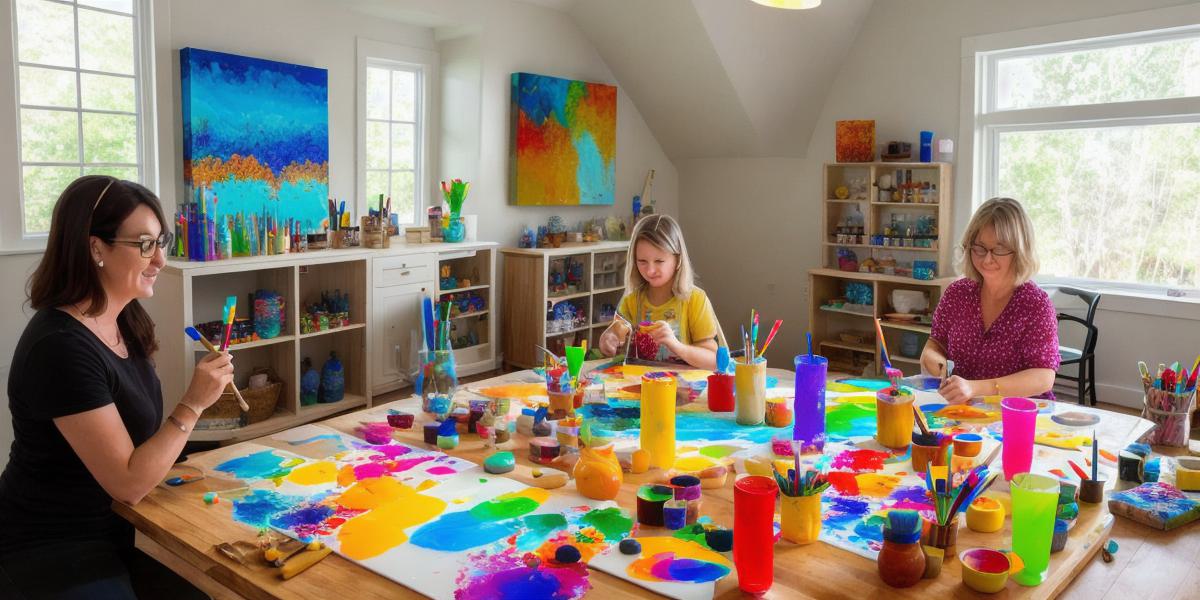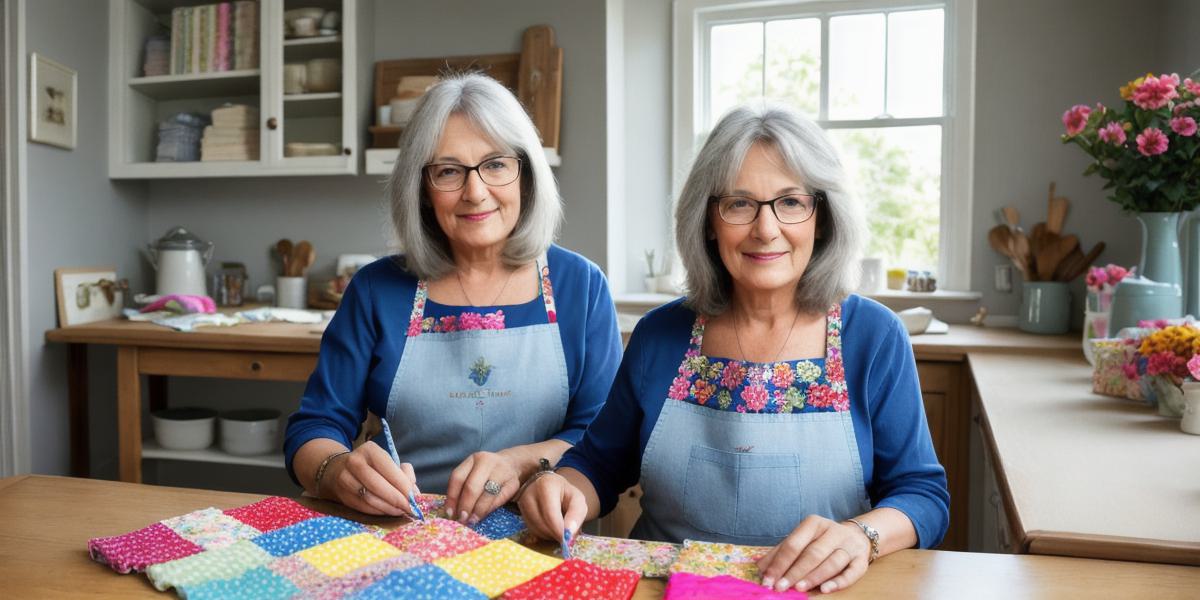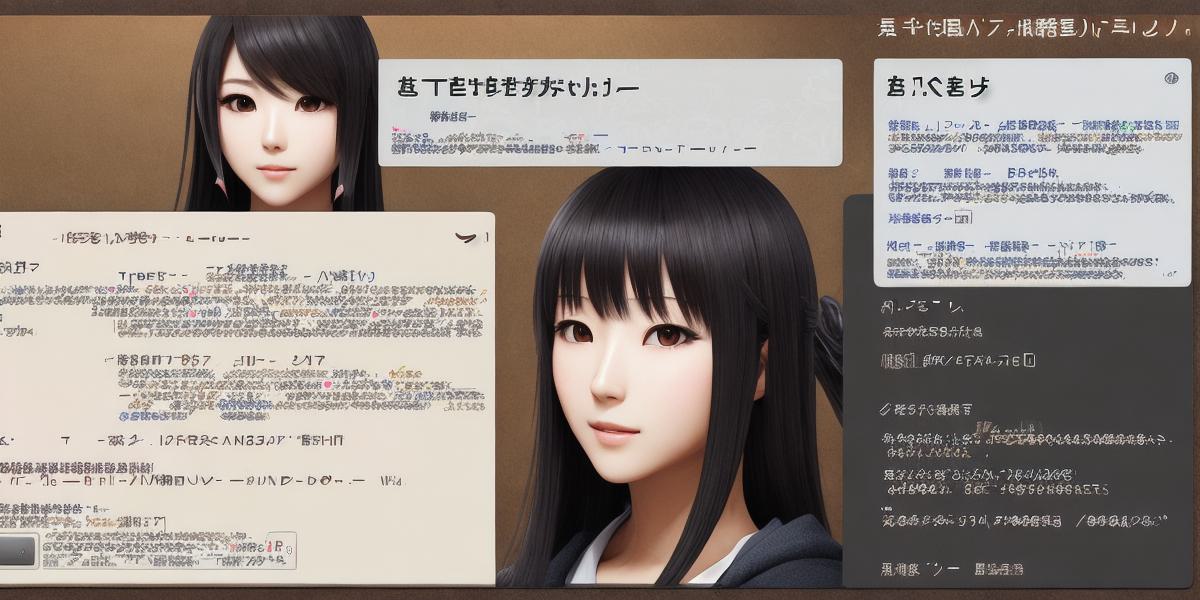Dance scenes are one of the most engaging and memorable parts of any movie or novel. They can evoke emotions, tell stories, and bring characters to life in a way that words alone cannot. But writing a dance scene can be a daunting task for even the most experienced writers. In this article, we’ll take a closer look at how to effectively write a dance scene that will have your audience on their feet.
First, let’s define what makes a dance scene effective. A good dance scene should:
- Serve a purpose in the story: The dance scene should move the plot forward or reveal something about the characters. It shouldn’t just be a showpiece for the choreography.
- Be authentic and believable: The dance moves should feel natural and realistic to the characters, based on their personalities and backgrounds.
- Evoke emotion: A well-written dance scene can evoke strong emotions in the audience, from joy and excitement to sadness and heartbreak.
Now that we have a clear understanding of what makes a dance scene effective, let’s look at some tips for writing one:
- Start with an idea: Before you start writing, come up with a concept or theme for your dance scene. Consider the characters involved, their emotions, and the purpose of the scene. Think about the mood and tone you want to create.
- Choose the right music: The music you choose can greatly impact the emotion and atmosphere of your dance scene. Choose music that fits the mood of the scene and enhances the emotion you’re trying to convey.
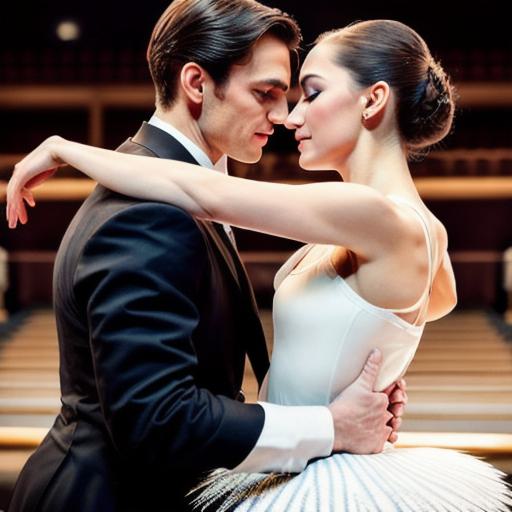
- Write dialogue: While the choreography is important, don’t forget about the words. Writing dialogue that flows naturally and authentically will help bring the characters to life. Use subtext to reveal more about the characters and their motivations.
- Incorporate movement description: Your audience needs to be able to visualize the dance moves in order to fully understand what’s happening. Use descriptive language to paint a picture of the choreography, focusing on the emotions and energy of each move.
- Show the characters’ personalities: Each character should bring their own unique personality to the dance scene. Use their body language, facial expressions, and movements to show who they are and how they relate to one another.
- Build tension and release: A good dance scene should build tension and then release it in a spectacular climax. Think about how you can create moments of anticipation and release in your choreography and dialogue.
- End on a high note: The final moment of your dance scene should leave a lasting impression on the audience. Consider ending with a powerful move or a moment of emotional resonance.
By following these tips, you can write a dance scene that will have your audience on their feet. Remember to keep the focus on the story and the characters, and let the choreography serve as an extension of their personalities and emotions. With practice and dedication, you’ll be able to create dance scenes that are not only beautiful but also effective in advancing the plot and revealing more about your characters.
